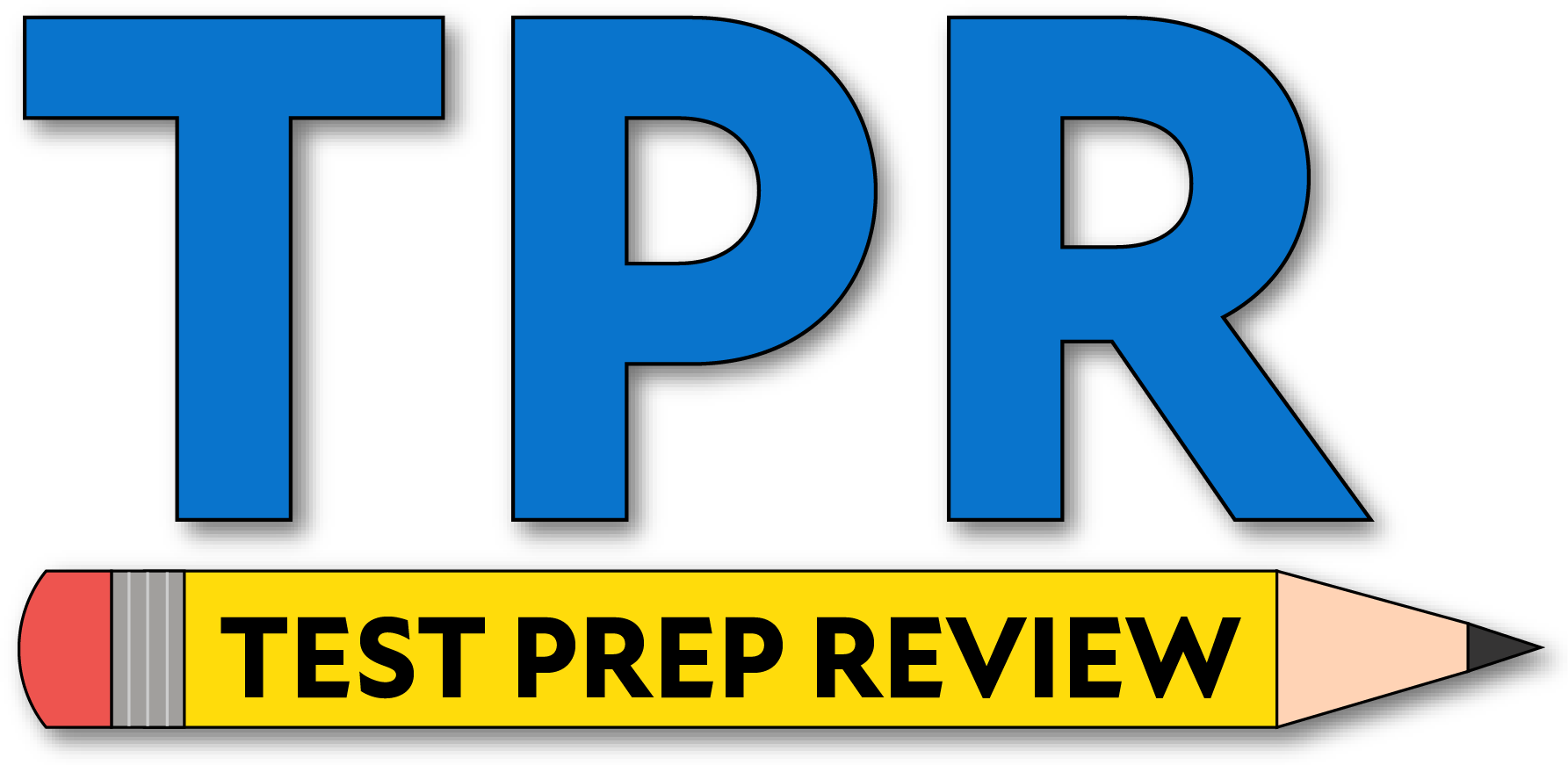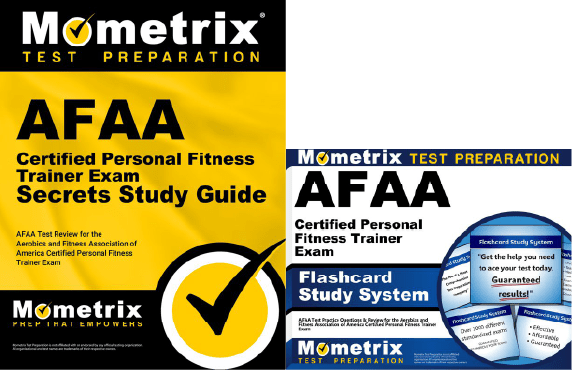If you need help studying for the AFAA Group Fitness Instructor certification exam or just want some more information about what the test is like, you’ve come to the right place.
Click below to take a free CGFI practice test!
Exam Eligibility
Before you can register to take the CGFI exam, you’ll need to have a high school diploma (or an equivalent) and get your CPR and AED certifications.
If you meet these requirements, you’re set to begin the registration process!
What’s on the Exam?
First, let’s talk about the questions on the exam. There are 120 multiple-choice questions total, but only 100 of the questions will count toward your score. Why is that?
The 20 unscored questions on the exam are called “pretest” questions. These are added to the exam to determine if they’re good enough questions to add to future versions of the test.
The trick is that you won’t have any way of knowing which questions are scored and which ones are pretest. They will appear just like the scored questions throughout the test.
The time limit for the exam is 2 hours. There aren’t any scheduled breaks, but you’re free to take restroom breaks as needed.
Let’s take a closer look at the different sections of the AFAA CGFI exam.
1. Fundamentals of Exercise Science
27% of the exam
Knowledge
- Basic structure, function, and integration between nervous, muscular, and skeletal systems
- Basic structure, function, and integration of cardiovascular and respiratory systems
- Fundamentals of kinesiology
- Fundamentals of exercise metabolism, nutrition, and bioenergetics
- Integrative training concepts
- Adaptation, progression, specificity, overload, and recovery concepts
- Health benefits of exercise
- Benefits of group fitness formats
- Basic considerations for special populations
- Physiological responses to environmental conditions
2. Class Design and Planning
30% of the exam
Tasks
- Define class objectives based on the class description to create a goal-oriented class.
- Select specific exercises appropriate for each class component based on class description and objectives.
- Identify appropriate equipment based on class description and objectives.
- Identify types and sources of music and make selections based on the context of the class in order to create a safe, effective, motivating, and dynamic experience.
- Identify considerations and adaptations for various class environments.
- Design class movements, combinations, choreography, and transitions.
- Select options and develop a plan for incorporating modifications, progressions, and regressions for specific exercises used in the class.
- Develop a plan to change class components periodically and strategically by varying elements such as music, exercises, and intensity.
Knowledge
- Basic components of a class
- Class types/formats and the benefits and expected results
- Considerations for various class sizes, locations, and environments
- Methods to improve potential for results
- SMART goal development
- Proper movement prep techniques and exercises
- Proper transition (cool-down) techniques
- Proper techniques to increase muscle strength and endurance
- Proper techniques to improve cardiovascular fitness
- Proper techniques to increase flexibility and improve mobility
- Basic techniques to improve stability and balance
- Appropriate exercises for use in different class formats
- Proper sequencing, transitions, combinations, and movement flow
- Exercise modifications
- Exercise progressions and regressions
- Various group fitness-related equipment, appropriate and safe uses, space requirements, and considerations for participants’ fitness levels
- Music volume/decibel guidelines
- Music styles and BPM/tempos appropriate for different class formats and class components
- Music structures
- Differences between freestyle, pre-designed, and pre-choreographed class formats
3. Class Instruction and Presentation
30% of the exam
Tasks
- Communicate a clear and concise introduction consisting of name, class format, duration, and equipment required to participants to set expectations.
- Demonstrate correct exercise form and technique.
- Instruct participants using various cueing techniques.
- Utilize positive and inclusive coaching techniques.
- Monitor participants’ exercise/movement, form, posture, and exertion levels.
- Provide feedback, corrections, regressions, and modifications appropriate for class participants’ fitness and skill level.
- Provide movement options to accommodate different fitness goals and enhance participants’ experience.
- Instruct participants on how to monitor their own intensity to enable them to exercise at the most appropriate level.
- Maintain the flow and structure of classes, including adapting to unexpected conditions.
Knowledge
- Various learning styles
- Communication strategies
- Coaching and motivation techniques to engage participants and enhance program adherence
- Distinctions between virtual and in-person instruction and presentation
- Participant-centered teaching approaches
- Appropriate class objectives and design characteristics that should be communicated to participants to set expectations
- The major types of classes and the benefits associated with each
- Various cueing techniques and when to use them
- Proper body alignment and posture during exercise
- Safe and effective exercise technique
- Correct mechanics for each exercise, movement, balance, and stabilization
- Physical signs and symptoms of over- and under-exertion, fatigue, and dehydration
- Heart-rate response to various class components
- Methods of monitoring exercise intensity
- Variations for exercise complexity, impact, and fitness levels
- Appropriate responses to unexpected environmental conditions
4. Professionalism
13% of the exam
Tasks
- Work within the confines of legal and ethical practices.
- Demonstrate professional behavior.
- Operate within scope of practice.
- Maintain requirements for liability insurance and participant liability waivers.
- Foster class growth and participant loyalty and retention by building rapport and using marketing strategies.
- Engage in self-management in order to stay healthy and injury-free as well as prevent burnout.
- Respond to emergencies while adhering to established protocols and documentation requirements.
- Promote inclusion and equity for a diverse population.
Knowledge
- Applicable music licensing laws
- Client confidentiality requirements
- Credible sources of information
- Established industry guidelines regarding ethical practice
- Scope of practice and limitations
- Liability insurance requirements
- Proper/appropriate physical contact with participants
- Considerations when recording content and using social media
- Emergency response preparedness and documentation requirements
- Aspects of professional behavior
- Customer service strategies to foster class growth and increase participant loyalty and retention
- Marketing strategies to foster class growth and increase participant loyalty and retention
- Potential risks and occupational hazards for group fitness instructors
How to Register
To get started, you’ll need to create a candidate portal by purchasing the exam on AFAA’s website. The exam fee is $249.
Once you’ve purchased the exam, you’ll have 180 days to register for a testing appointment with PSI and pass the exam.
Exam Scores
The test is scored using a scaled scoring method. Here’s how it works:
For every question you answer correctly, you get one point added to your raw score. At the end of the test, your final raw score will be converted to a scaled score. This scaled score will range somewhere between 0 and 100.
The reason your raw score is converted to a scaled score is because everyone who takes the test is given a slightly different set of questions. Since everyone has a different arrangement of questions, and because some questions are harder than others, converting your raw score to a scaled score ensures a more even playing field.
Retaking the Exam
If you didn’t get a passing score on your first try, that’s okay! You can retake the test after a 45-day waiting period.
Keep in mind that you will have to pay the full testing fee every time you retake the test.
FAQs
How many questions are on the AFAA CGFI exam?
The exam contains 120 questions.
What is the time limit for the AFAA CGFI exam?
The exam is timed at 2 hours.
What is the passing score for the AFAA CGFI exam?
You’ll need to get a final scaled score of at least 70 to pass.
How much does the AFAA CGFI exam cost?
The testing fee is $249.



 AFAA Study Guide
AFAA Study Guide AFAA Flashcards
AFAA Flashcards